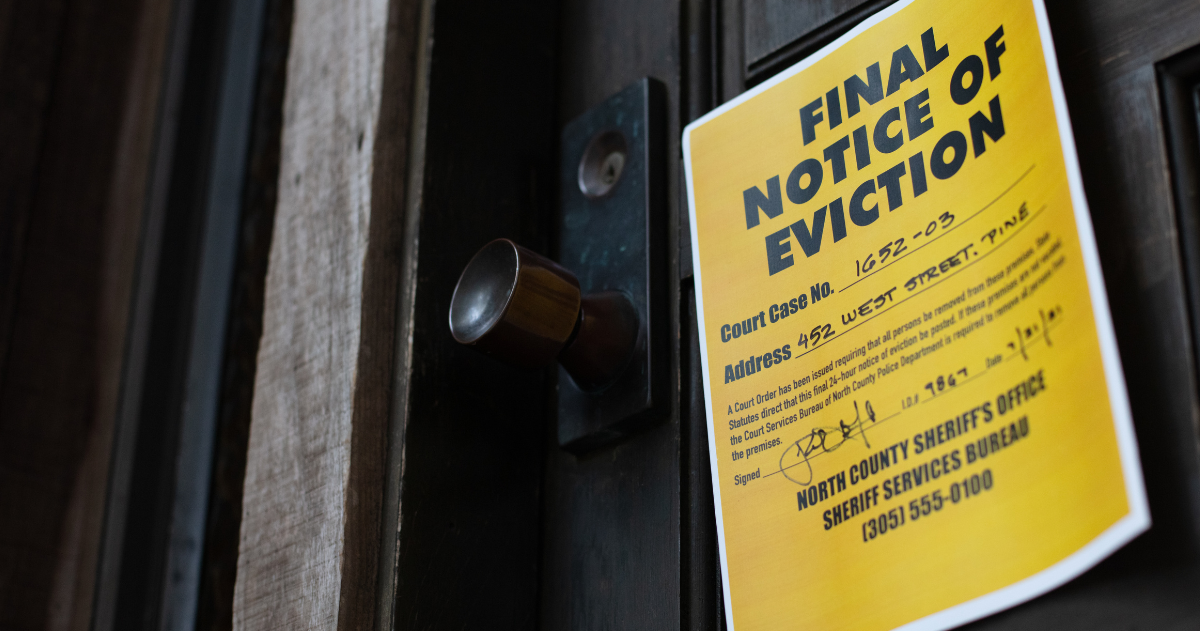It’s a fact of being a landlord in Ontario – at some point in your life, no matter how careful you are about screening tenants and collecting payments, you will likely end up having to deal with the Landlord & Tenant Board (LTB). The tenant may change the locks, not pay rent, or perform some other action that needs to be arbitrated by the Landlord and Tenant Board. Here are some tips for navigating an LTB matter.
The Landlord and Tenant Board is responsible for arbitrating disputes related to the Ontario Residential Tenancies Act, and it is an Ontario government agency.
- Determine if your case is eligible for the LTB
In order to qualify for arbitration by the Landlord & Tenant Board, you need to be sure that you have properly established a relationship as a residential landlord and tenant. For example, if you are getting a divorce and you are trying to kick your spouse out of an apartment you are both renting, that would not be an LTB dispute, but it would be a matter for family law court. A rental contract is usually needed to prove a landlord and tenant relationship.
If you are unsure, you can apply to see if your matter falls under the Residential Tenancies Act for a $50 fee.
- Filing a matter with the Landlord and Tenant Board
You will either have to respond to a complaint a tenant has filed against you with the Landlord and Tenant Board, or file one yourself. In either case, you may not require a lawyer if the matter is straightforward, such as the tenant not paying rent. However, it is worth noting that the current wording of the Residential Tenancies Act and the appeals process at the LTB is currently unfairly weighted towards tenants, so it is worth consulting a lawyer to see if the cost of representation is worth what you would recover if the LTB rules in your favour, particularly if rent in arrears or damages have already run into thousands of dollars and could potentially run up even higher during the lengthy LTB process.
The four most commonly used forms can be e-filed, and you will receive a small discount on the filing fees if you e-file. If your form isn’t on that list, you will have to download it and pay the full fee to file it by mail or in person. It is common to ask for filing fees to be paid if you are filing for non-payment of rent; if nothing else, this can be used as a negotiation tool during your hearing or mediation. When filling out the application, it is important to keep it fact-based and not to embellish with any personal attacks unless they have specific relevance in the case.
There will usually be an offer to settle the matter through mediation. If it can’t be settled through the mediation process, the Board will schedule an adjudication hearing. Both are usually scheduled within 25 days of a landlord filing the application.
- Treat the Landlord and Tenant Board like a courtroom
When you appear at the adjudication hearing, the experience is very similar to Small Claims Court. Your case will appear on a docket for the day, and you will be given instructions as to what time to appear. You will be in the same room as other people who are also going before the tribunal with their cases on that day. If your hearing is scheduled towards the end of the day, there is a chance that it could be pushed off to the following day, so make sure you build that possibility into your schedule.
Treat the tribunal adjudicator with the same respect that you would treat a judge in another court. Do not speak directly with the opposing party unless so directed by the adjudicator, answer the adjudicator’s questions directly and don’t offer any emotional pleas. Answer all questions with facts about the case only, and don’t embellish.
Once the adjudicator has heard both parties, they will make a decision. If they don’t make it on the spot, they will usually come to a decision within five days. If they require additional documentation or other items, they will ask for them to be submitted before making their decision. This is why it is important to include all relevant documents, including rental contracts, a record of payments made and not made, and so on in your initial filing. The decision the adjudicator comes to is referred to as an Order.
- After the Order is Issued
When the Order is issued, both you and your tenants have a right to either have the LTB review or appeal the Order. A non-paying tenant is likely to use the appeals and review process to buy more time. You both have 30 days to either appeal or order a review. At this point, it is advisable to bring in a lawyer if you aren’t already using one to ensure that the process doesn’t drag on longer than it should and that you are adequately represented. You can apply to the Landlord and Tenant Board at no charge if the tenant fails to meet conditions of an Order for further rulings to
Dealing with the Landlord and Tenant Board is actually a fairly simple process – file your application, show up for mediation or the hearing, and either have the situation resolved or it goes to appeal. However, it can be stressful for busy landlords who don’t have much time to take out of their work week. Hiring a lawyer can help you alleviate this stress, and is often worth the money.
If you want to screen for tenants in the future who are less likely to land you in front of the LTB, consider hiring a Toronto property management company like Highgate. We know what to look for and can also help you ensure that your property and terms are in compliance with the Residential Tenancies Act, reducing the possibility of tenant complaints. Give us a call today to find out more.





